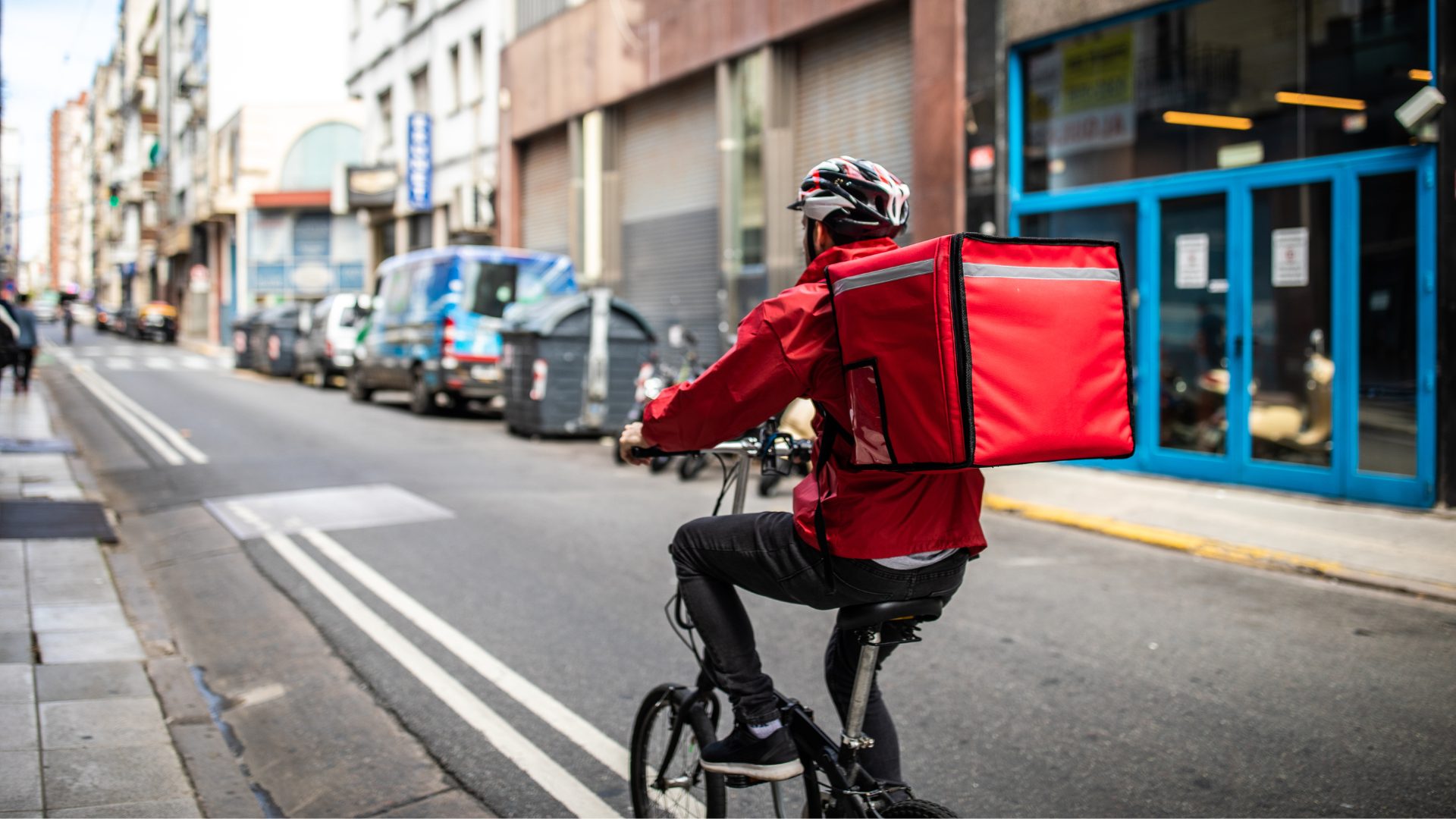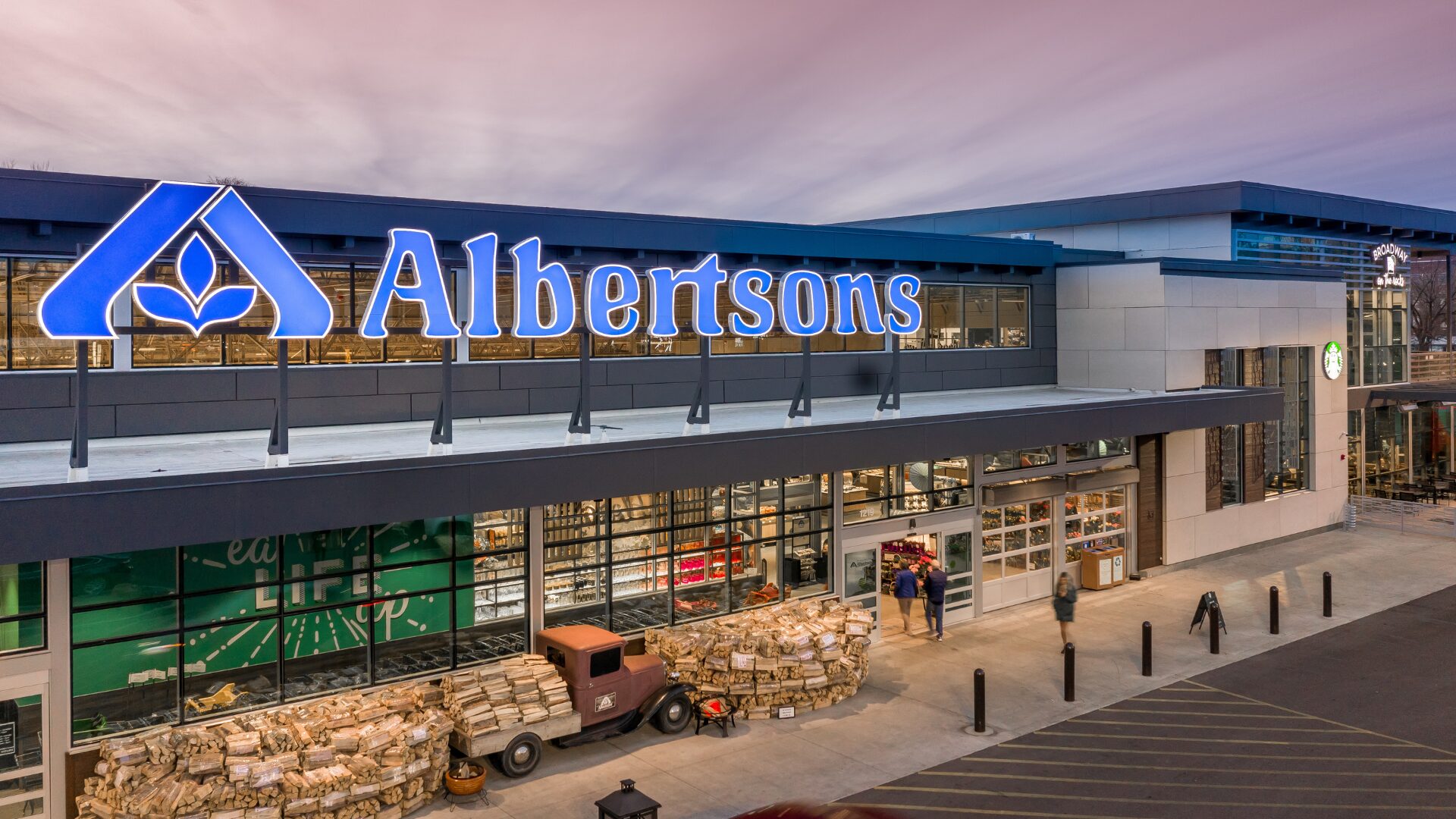As inflation takes its toll on household finances, consumers are weighing their grocery delivery options.
“Delivery continues to be very strong—averaging 9-11 percent of total store sales. Grocers are now planning for, and investing in, enhanced technologies to enable this shift in their go-to-market retail business model,” Suzy Monford, CEO at Foodsport International, told The Food Institute.
At the same time, shopper behavior research conducted by Mercatus and Brick Meets Click shows that many consumers avoid grocery delivery services because of the additional costs.
“If you are a grocery delivery customer — especially one using a third-party marketplace — it’s understandable that you may want to find ways to pay less given inflation’s impact on purchasing power. These incremental costs, including delivery fees, shopper service charges, fuel surcharges and even a very modest tip, are some of the last things customers view during the checkout stage, and they can add $20 or more to the bill,” Mark Fairhurst, vice president of marketing at Mercatus explained.
Mercatus also found that customers who choose grocery delivery are much more likely to select a time window later the same day, or even the next day, if it meant they could pay a lower delivery fee.
When presented with a fixed fee of $9.95 for a large order (greater than $100), more than 30 percent of consumers chose to get their order within 30 minutes to one hour, more than 40 percent opted to receive it within one to three hours, and fewer than 10 percent were willing to wait for delivery the next day or later.
Conversely, when offered a variable fee that became lower as the delivery time was extended, the number of shoppers that selected delivery within the 30-minute-to-one-hour and one- to three-hour windows decreased by more than half, while more than 40 percent of customers chose to receive the order next day or longer, Supermarketnews.com reported.
“These findings reinforce the idea that customers are more sensitive to the added service costs that they can plainly see,” said David Bishop, partner at Brick Meets Click, which focuses on how digital technology affects marketing and food sales. “This makes sense, because accurately perceiving differences in product pricing online versus in-store, even with known value items, requires more effort on the customer’s part.”












